Understanding the Versatility of Busbar 380v Systems
Busbar 380v systems are integral components in modern electrical distribution networks. These systems serve as centralized units for collecting and distributing electricity across various circuits. The busbar 380v is designed to handle substantial electrical loads, making it suitable for a range of applications from industrial settings to data centers.
Types and Applications of Busbar 380v
The busbar 380v is not a one-size-fits-all solution; it comes in various types tailored to specific needs. For instance, the distribution circuit breaker type is engineered to safeguard electrical components against faults or short circuits by interrupting power supply promptly upon detecting anomalies. This type is crucial in preventing damage to sensitive equipment. On the other hand, rack mount distribution units are crafted to efficiently manage and distribute power in data centers, ensuring a stable supply to IT equipment. These units are adept at handling high energy densities and are designed to operate effectively even in high-temperature environments, potentially reducing cooling costs.
Features and Advantages of Busbar 380v
Busbar 380v systems are known for their robust power distribution capabilities, suitable for both indoor and outdoor applications. These systems are capable of accommodating the energy requirements of various devices without the need for voltage reduction, making them ideal for direct distribution to electrical appliances. The versatility of busbar 380v systems extends to specialized applications such as stage lighting power equipment, where they are indispensable in distributing light across concerts and theatrical productions. Furthermore, the low voltage distribution system variant efficiently conveys power from the distribution transformer to the customer’s meter, streamlining the power delivery process.
Materials and Construction of Busbar 380v
The construction of busbar 380v systems involves materials that ensure durability and high conductivity. Manufacturers select these materials based on their ability to withstand electrical and thermal stresses, ensuring long-term reliability. The design of these busbars often incorporates features that facilitate easy integration with existing power distribution frameworks, making them a practical choice for upgrading power systems.
Choosing the Right Busbar 380v
Selecting the appropriate busbar 380v requires an understanding of the specific power distribution needs of a facility. Factors such as the total power load, the environment of operation, and the type of devices being powered are critical in making an informed decision. The busbar 380v systems come in configurations such as metered, switched, monitored, or basic, each offering different levels of control and monitoring capabilities to suit various operational competencies.
Integration with Power Systems
Integrating a busbar 380v into an existing power system should be approached with a focus on compatibility and safety. These systems are designed to be adaptable, allowing for seamless incorporation into diverse electrical infrastructures. The busbar 380v's adaptability makes it a valuable component for businesses looking to enhance their power distribution efficiency.
busbar 380v

















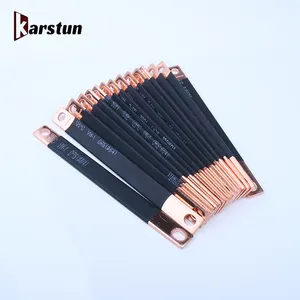


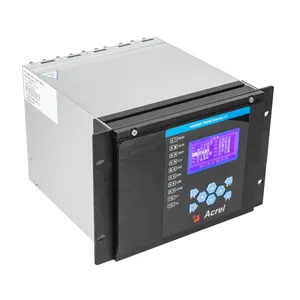











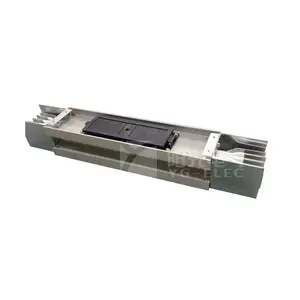





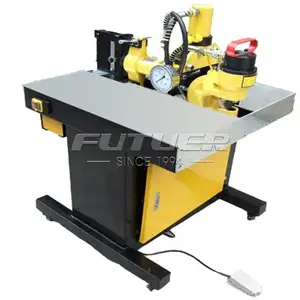

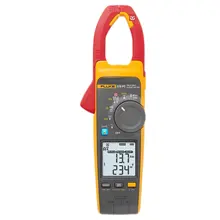
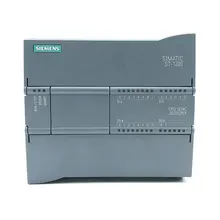





























 浙公网安备 33010002000092号
浙公网安备 33010002000092号 浙B2-20120091-4
浙B2-20120091-4